Xian, China. Visited 15-19 August 2024
I wanted to culminate my travel along the Silk Route in Xian, where it started. It was also the ancient capital of 13 dynasties.
I read the stories of Qin Shi Huang as a little boy. He was both revered and reviled as the king who united China back then but also for his brutality and tyranny. Who would ever think of building an enormous wall that ran 21 km across difficult terrains? Now he tried to bring his army, about 8000 found so far, into the next world with him? The notion was so outlandish and stretched the wildest imagination, lunacy by today’s standards. Of course, I would be dying of curiosity to see his soldiers – who wouldn’t be, right? So, I took the subway from the Xian city center for more than 1.5 hours to the Qin Shi Huang Mausoleum to see the Terracotta Warriors. It was already jam-packed with people. We squeezed, jostled, and pushed to go around the pits. Hundreds of life-size soldiers and some horses stood in the pit, lifelike and unique, looking at us curiously. Maybe he was not as cruel after all, to bury statues of clay instead of real lives. He may even be visionary knowing that flesh will rot but not clay.
For sure a character larger than life, in life and the afterlife. A real person who became a fiction.
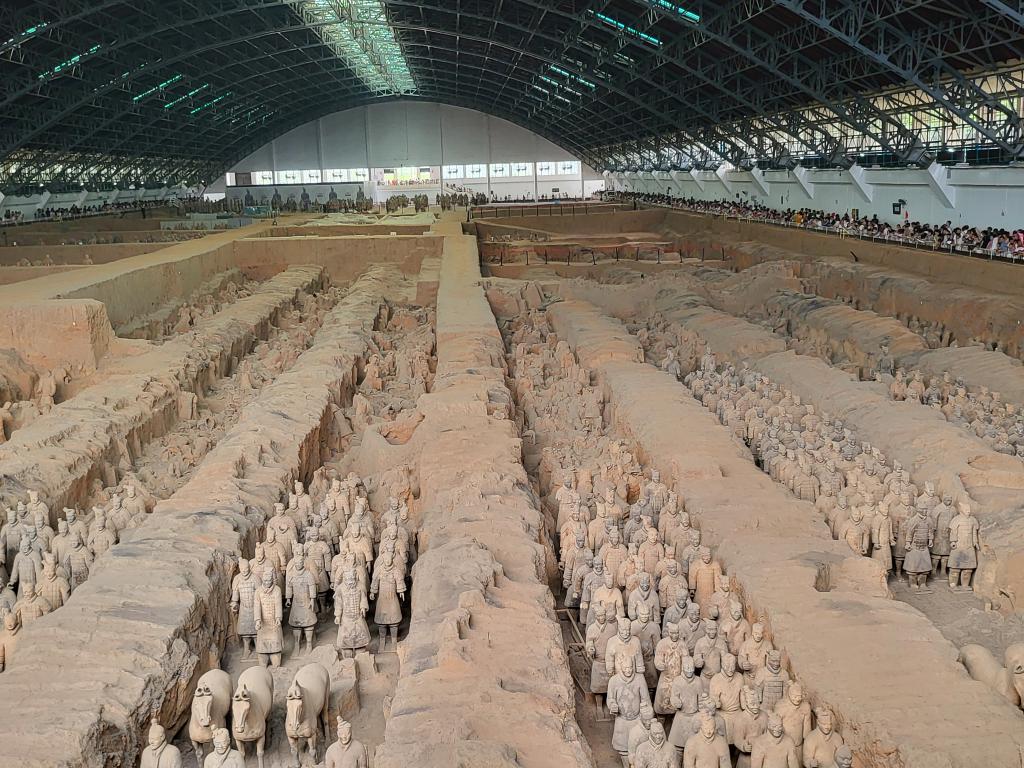
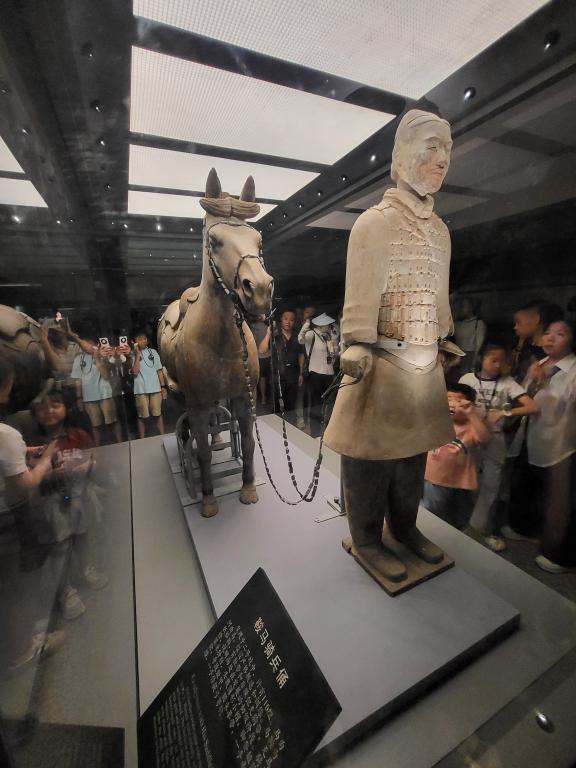
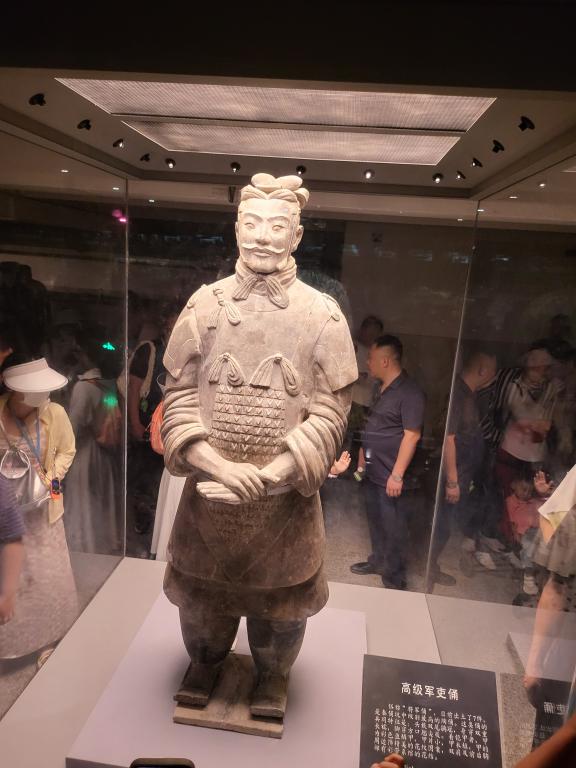

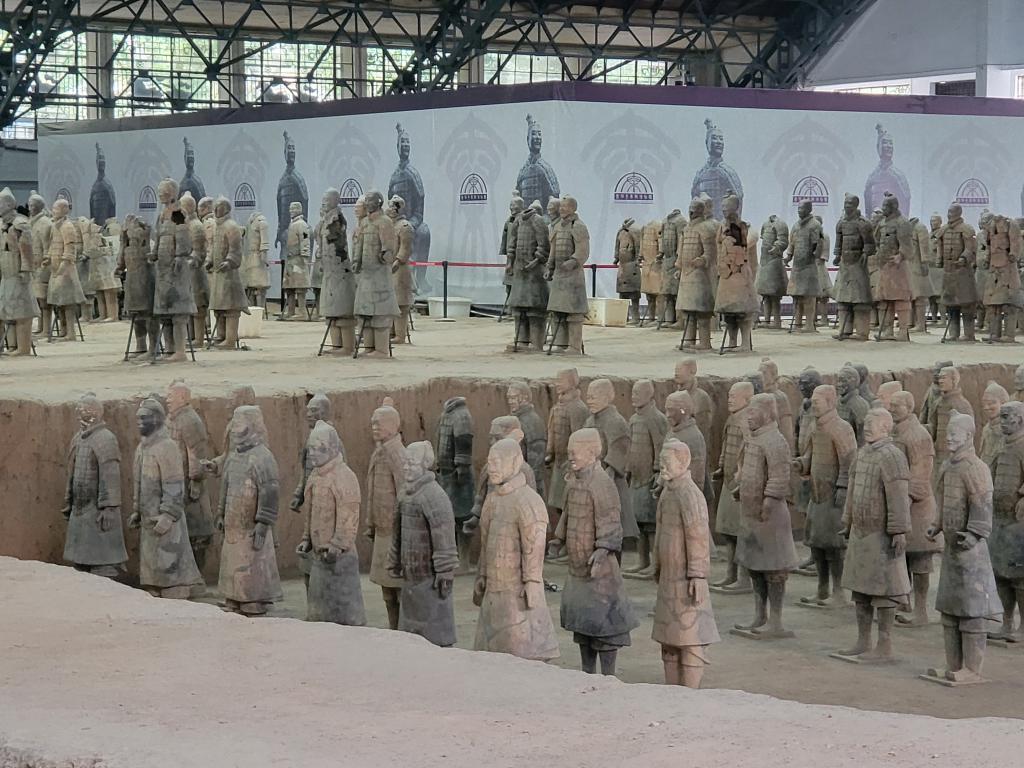
There is more to Xian than the Terracotta Warriors. I wanted to soak myself in Ancient China.
The Bell Tower is a prominent structure in the city center, built around 1380. The tower is tall and the walls thick, exuding seniority and stature that commands admiration and respect. Everyone who comes here irresistibly makes it the focal point. Indeed, vehicles swirled around it like a roundabout. Visible from here and within a short walking distance is the Drum Tower, another ancient tower of equal stature, also built around the same time. Between the drums and the bell, they announced the time in ancient times. I climbed the steps to the towers, wandered around the spacious courtyards, and scrutinized them close-up.
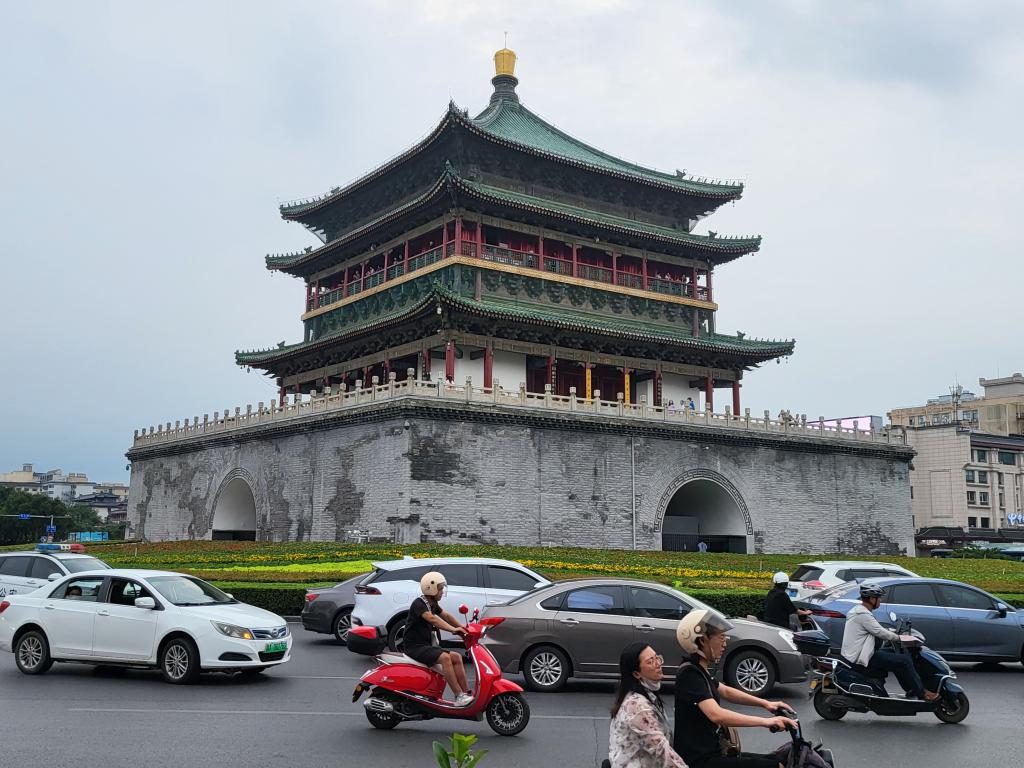
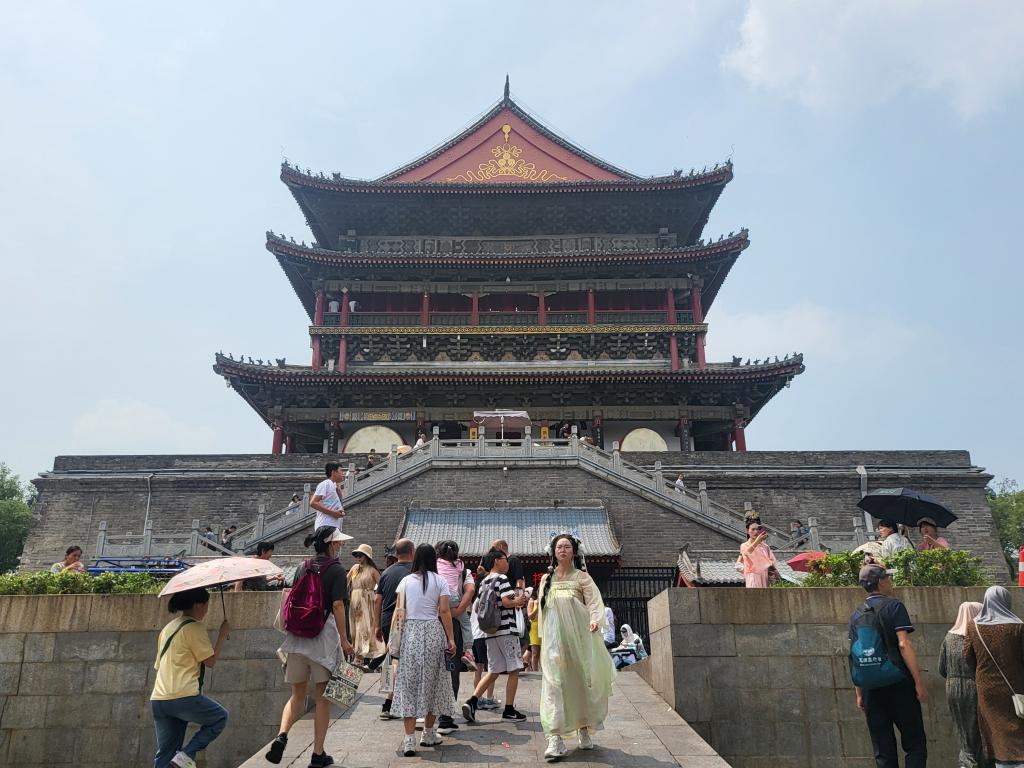
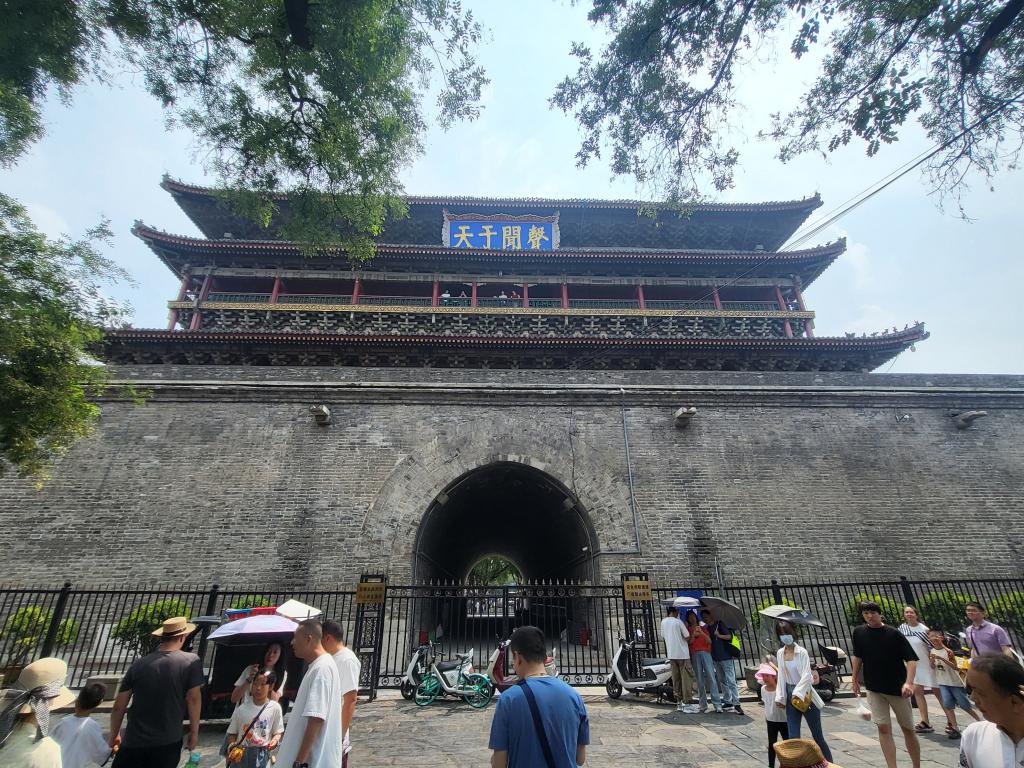

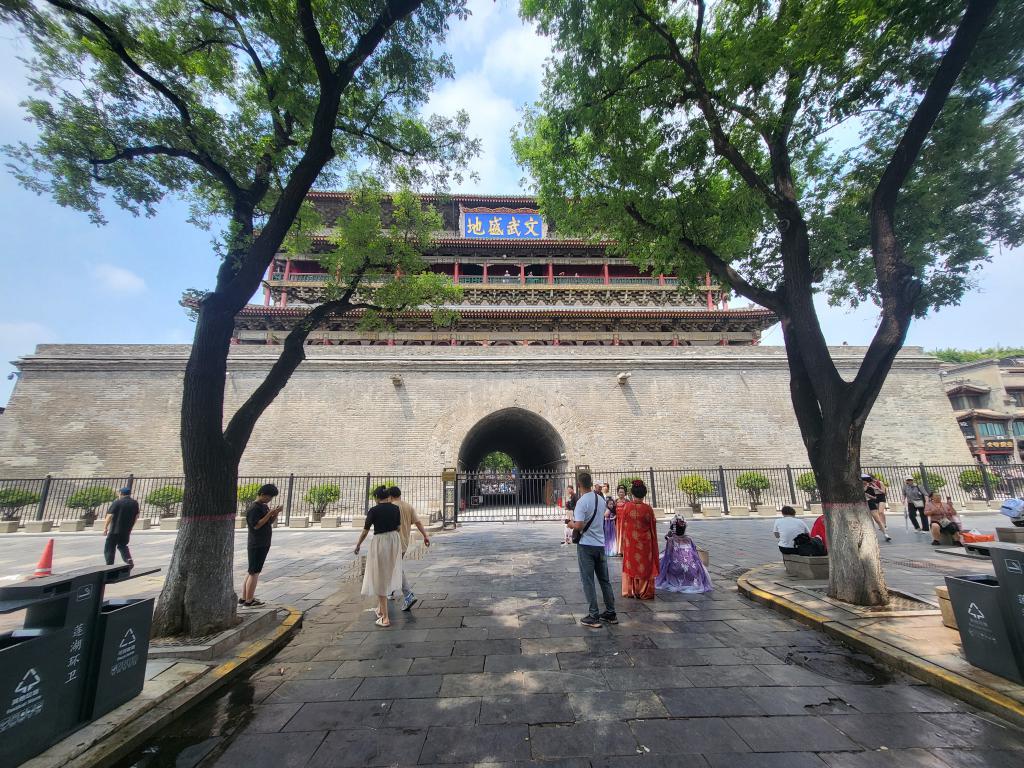
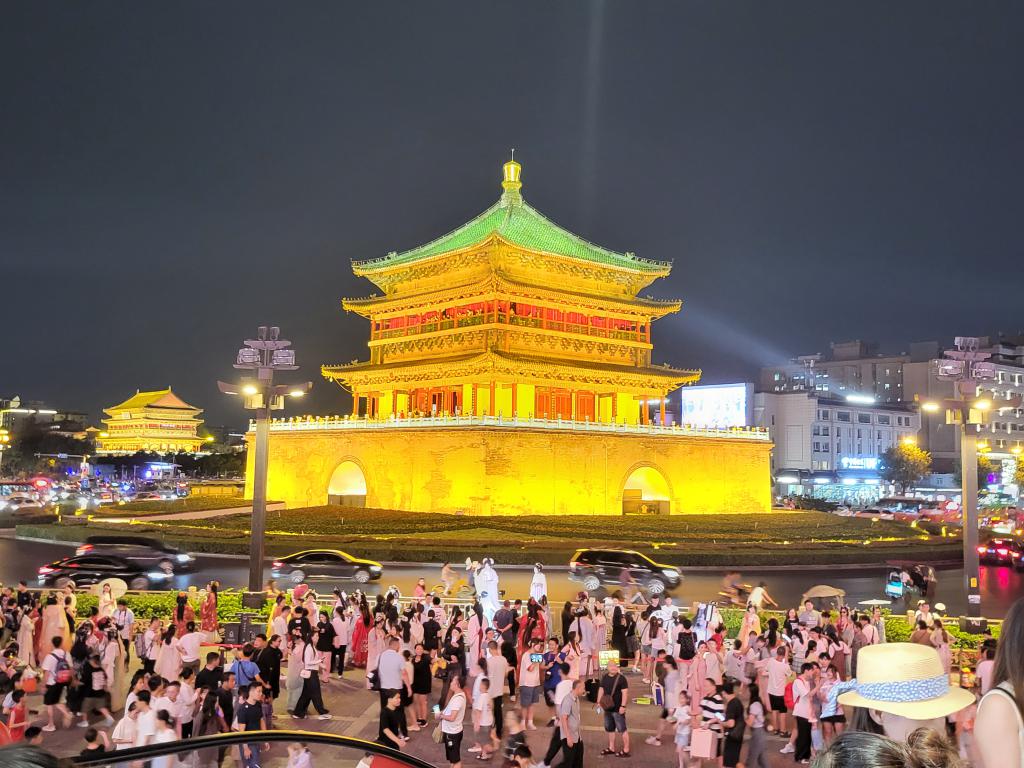
A few kilometers away, also in the city center, is the seven-story Giant Wild Goose Pagoda, built around the year 652 to store old Buddhist manuscripts and statues. Day and night people throng and swarm this place, very much a significant historical landmark.
Around these ancient sites, girls dressed up in ancient traditional Han costumes – elaborate, lacy, and flowy, to walk around like ordinary ancient people. The hairstyles were no less elaborate, with hair braiding, hairpins, and accessories. Finally, a pretty face to match, accentuated with glowing makeup. The poise brought out the softest and most feminine qualities from within. Now they looked like princesses, felt pretty, and were ready for showtime, just like in dramas, postcards, or movies. Others came for photo ops, with their phone camera, and many with professional photographers. Now the boys could gawk.
I felt like I had lived a thousand years lingering around this ancient city.
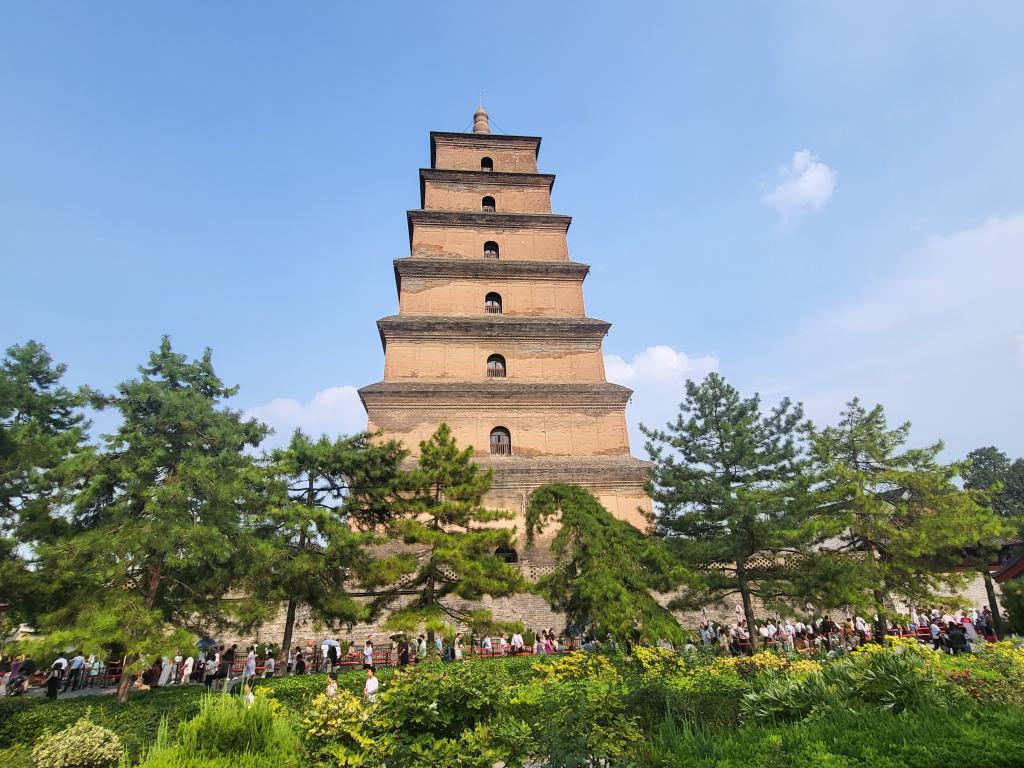
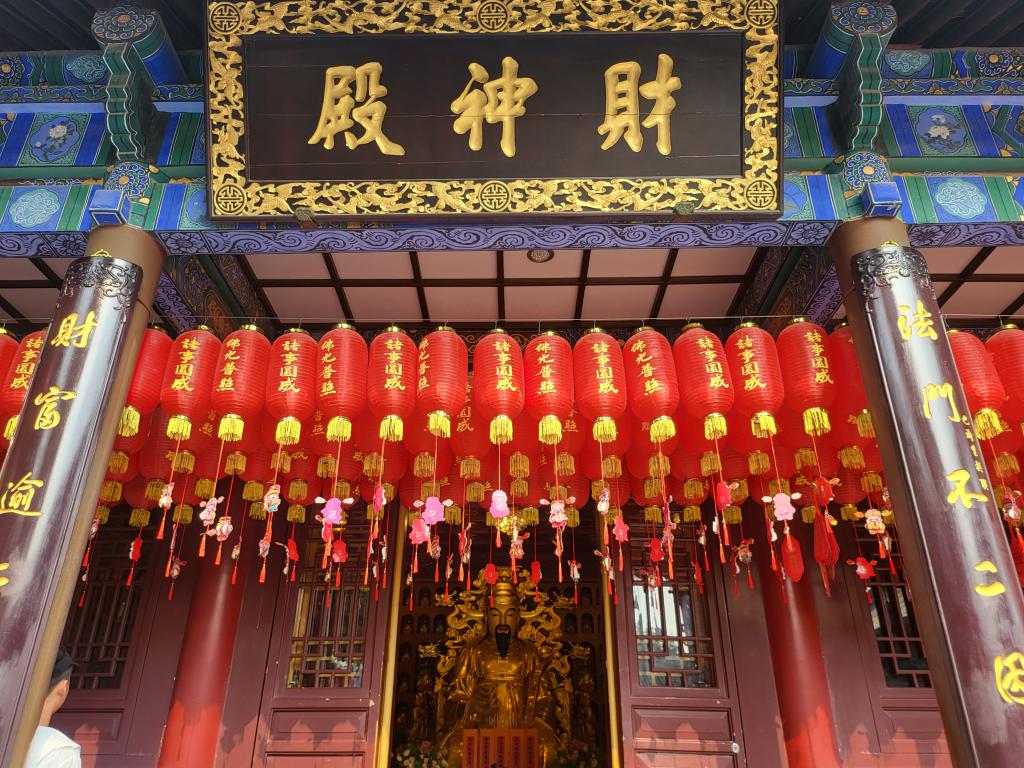
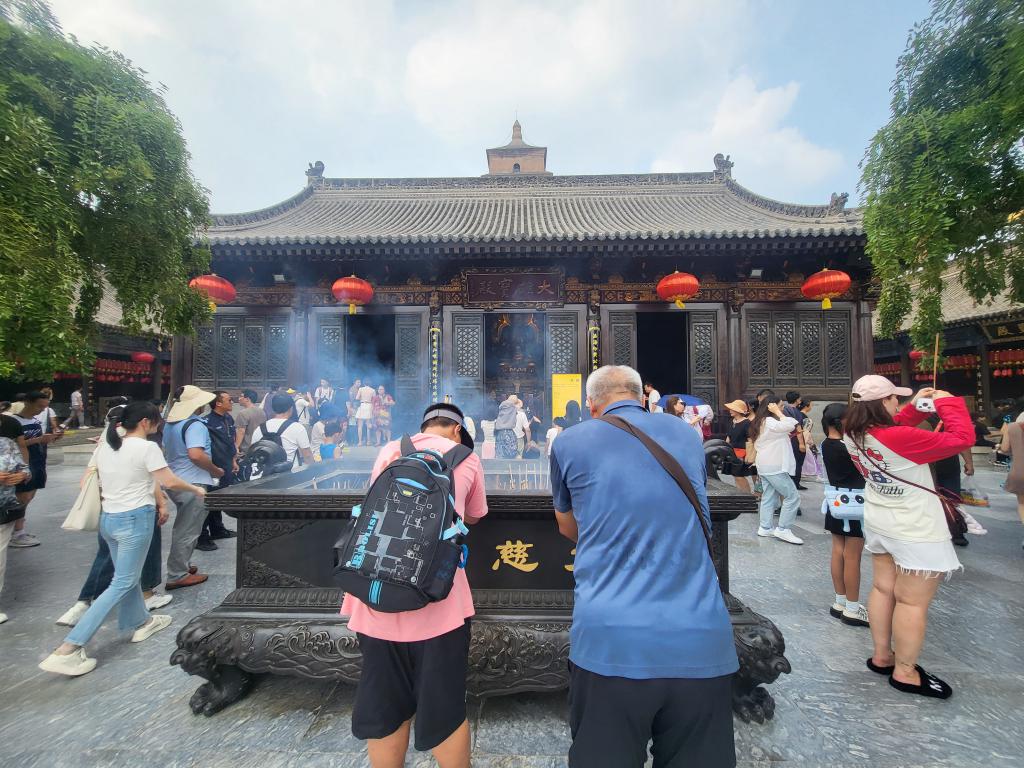
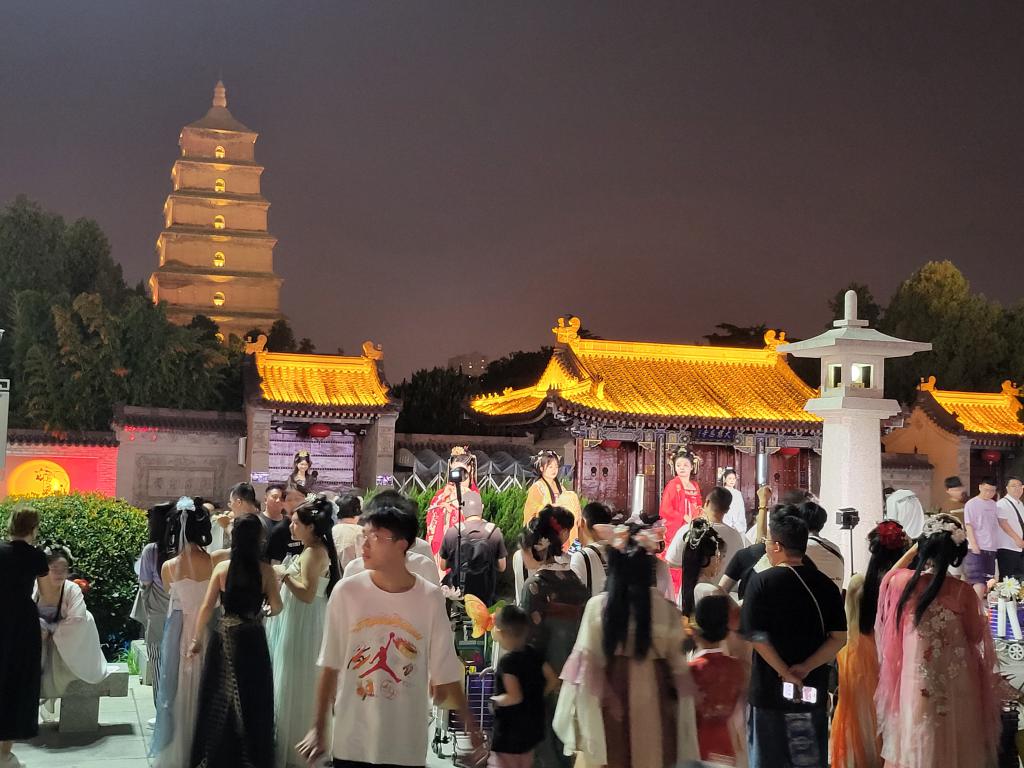
The city has also tried to re-create the past, so people can recreate while reminiscing the past. The Sleepless City of Da Tang (大唐不夜城, transliterated Datangbuyecheng), near the Giant Wild Goose Pagoda, is where everyone in Xian gathers to eat, shop and relax. Statues and monuments line the middle of the pedestrian street. Buildings in traditional architecture project themselves, and the aura of the great Tang Dynasty stirs pride. After sunset, the lanterns and lighting augur a prosperity that rouses fervor. I was happy to stroll with everyone else on the overly crowded street, often converted to one-way when it got scarily overloaded.
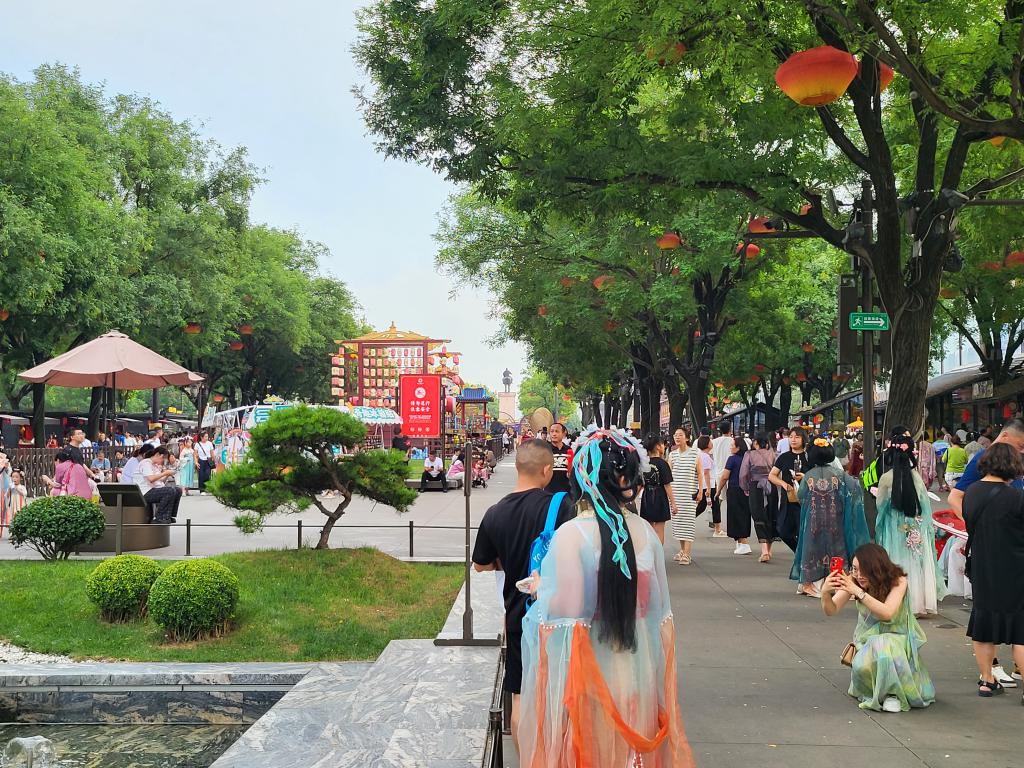
Xian is one of the few China cities where the imposing old city wall still stands. It is rectangular, as wide as a multi-lane motorway, and 14 kilometers long. I went up the wall at Yong Ning Gate, its front featuring a drawbridge, a functioning moat, and a few magnificent and authoritative towers. I could have cycled the length of the wall but chose to stroll for hours under the hot sun on both sides of the gate.
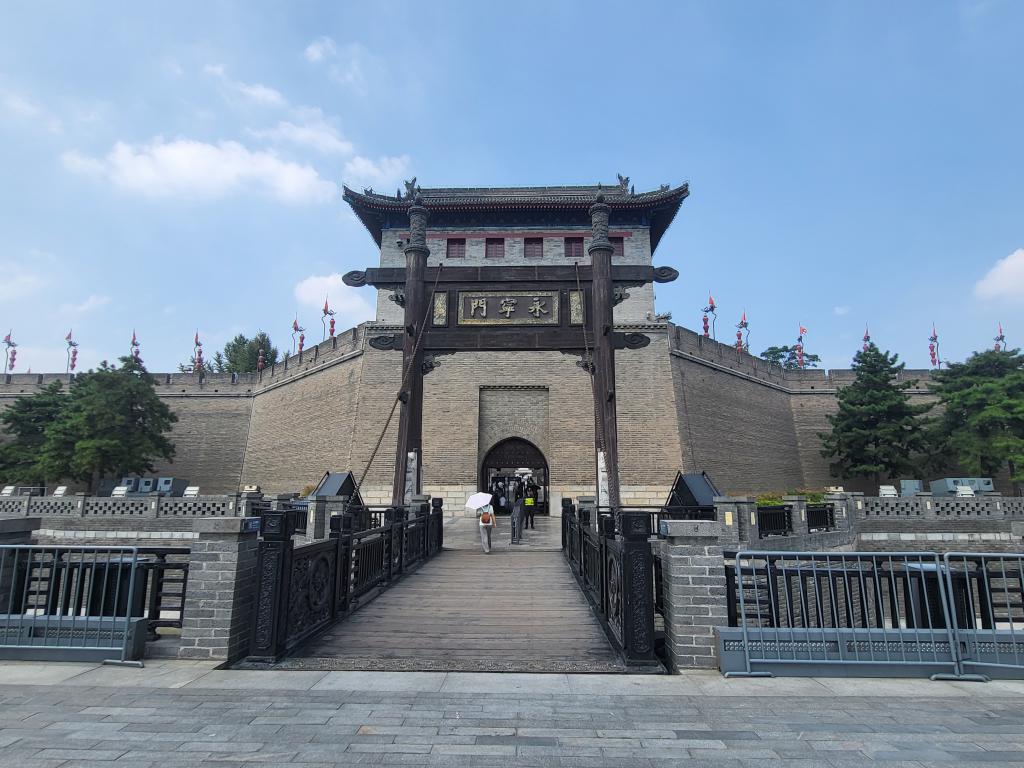
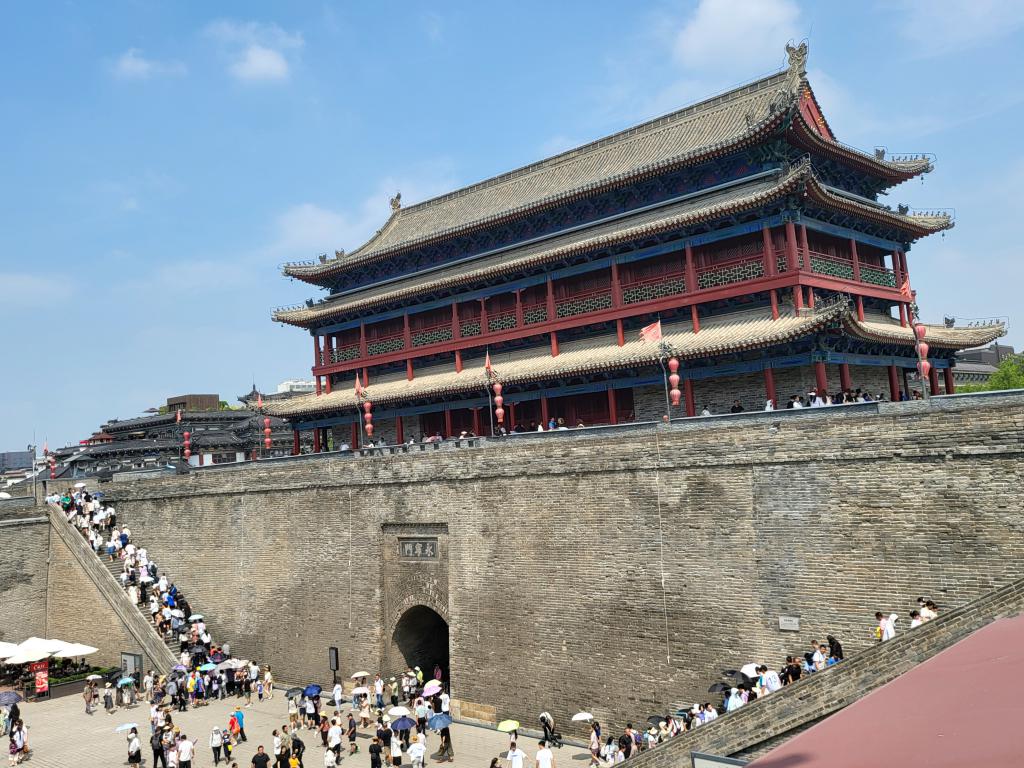
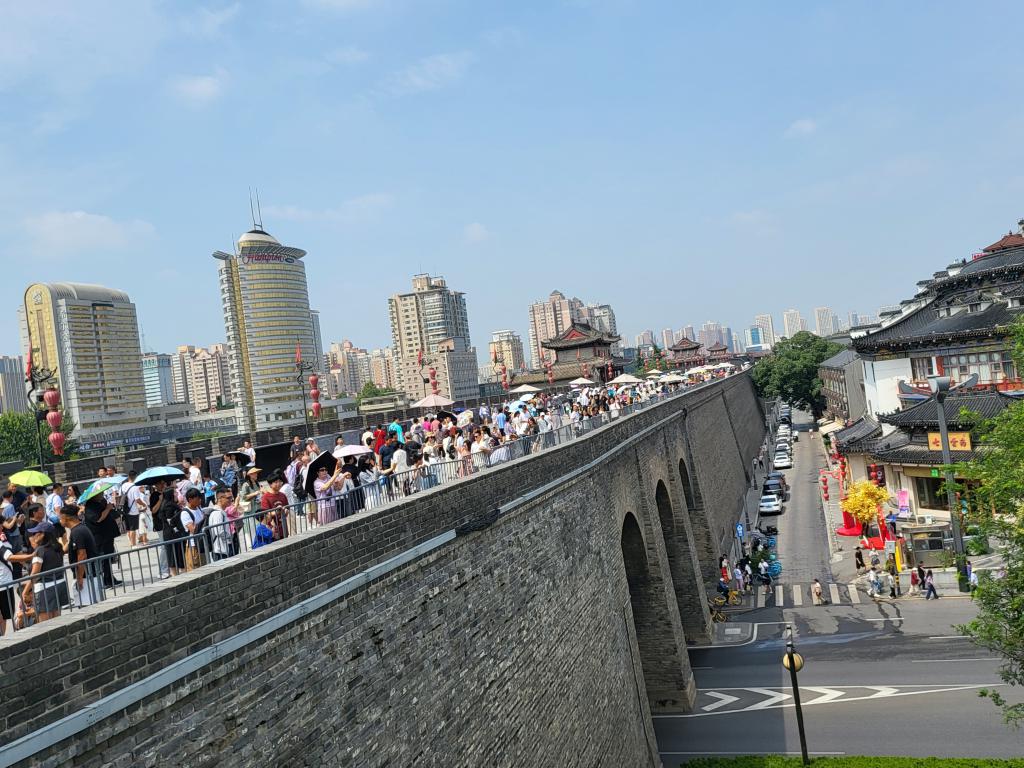
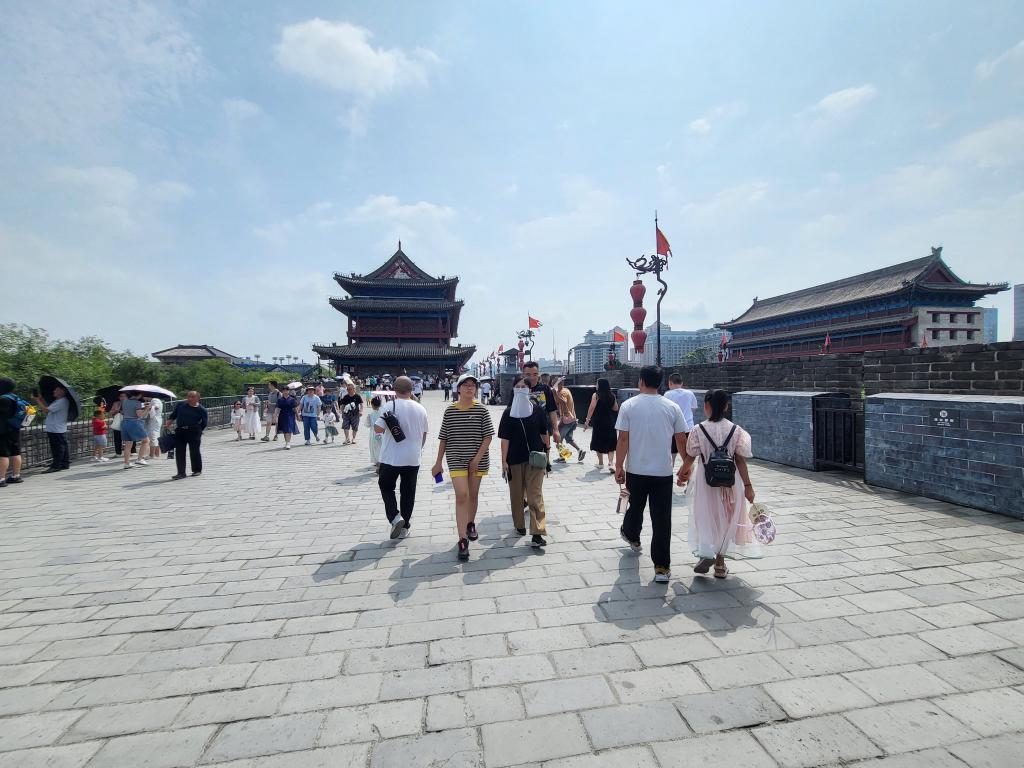
I went to the Shaanxi Museum to catch up on my patchy knowledge of Chinese history. After the visit, I felt a small part of the void was being filled, but a big gaping hole remained. When I die, I prefer to be buried with a Chinese history encyclopedia than thousands of terracotta warriors.

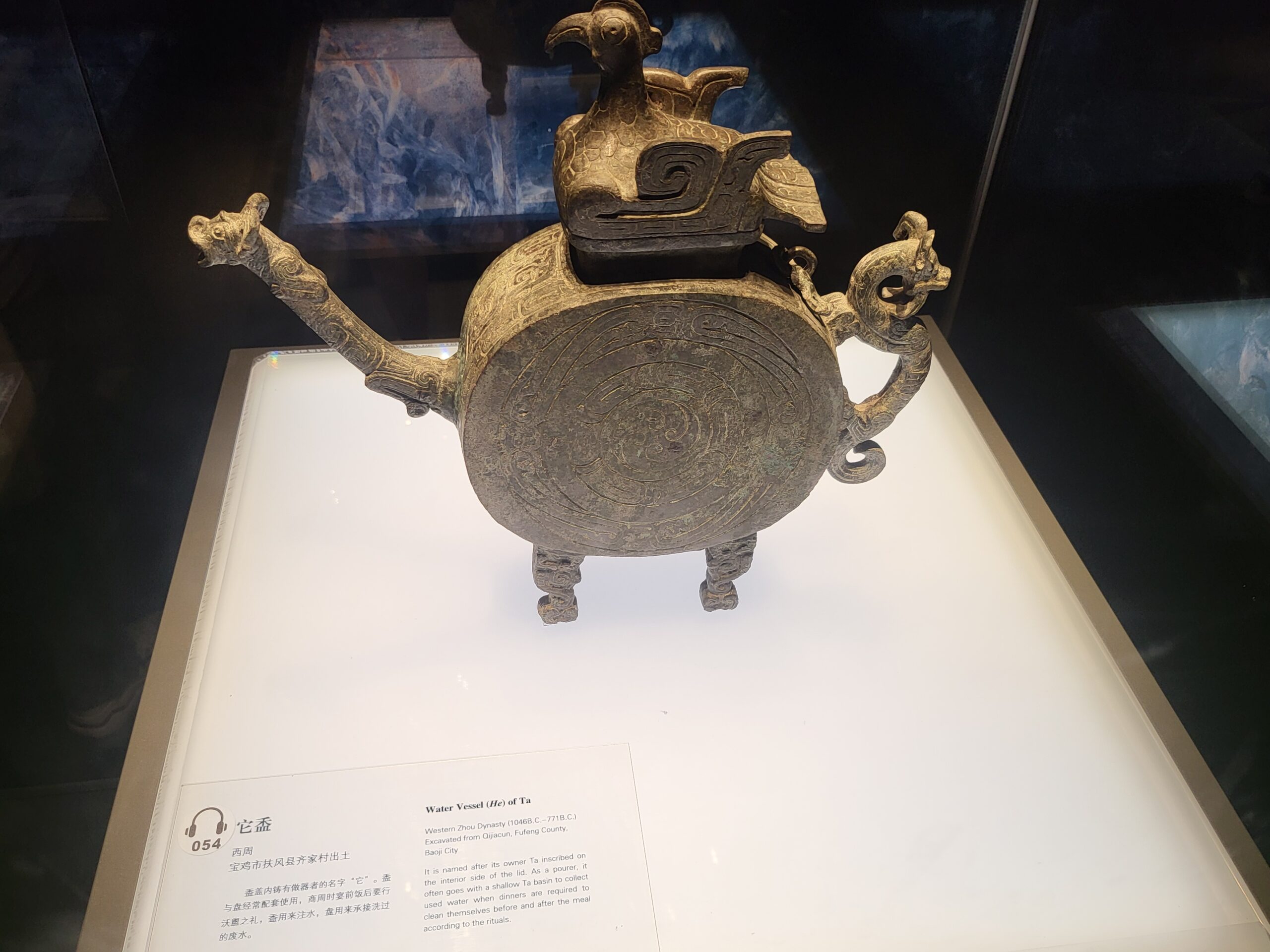

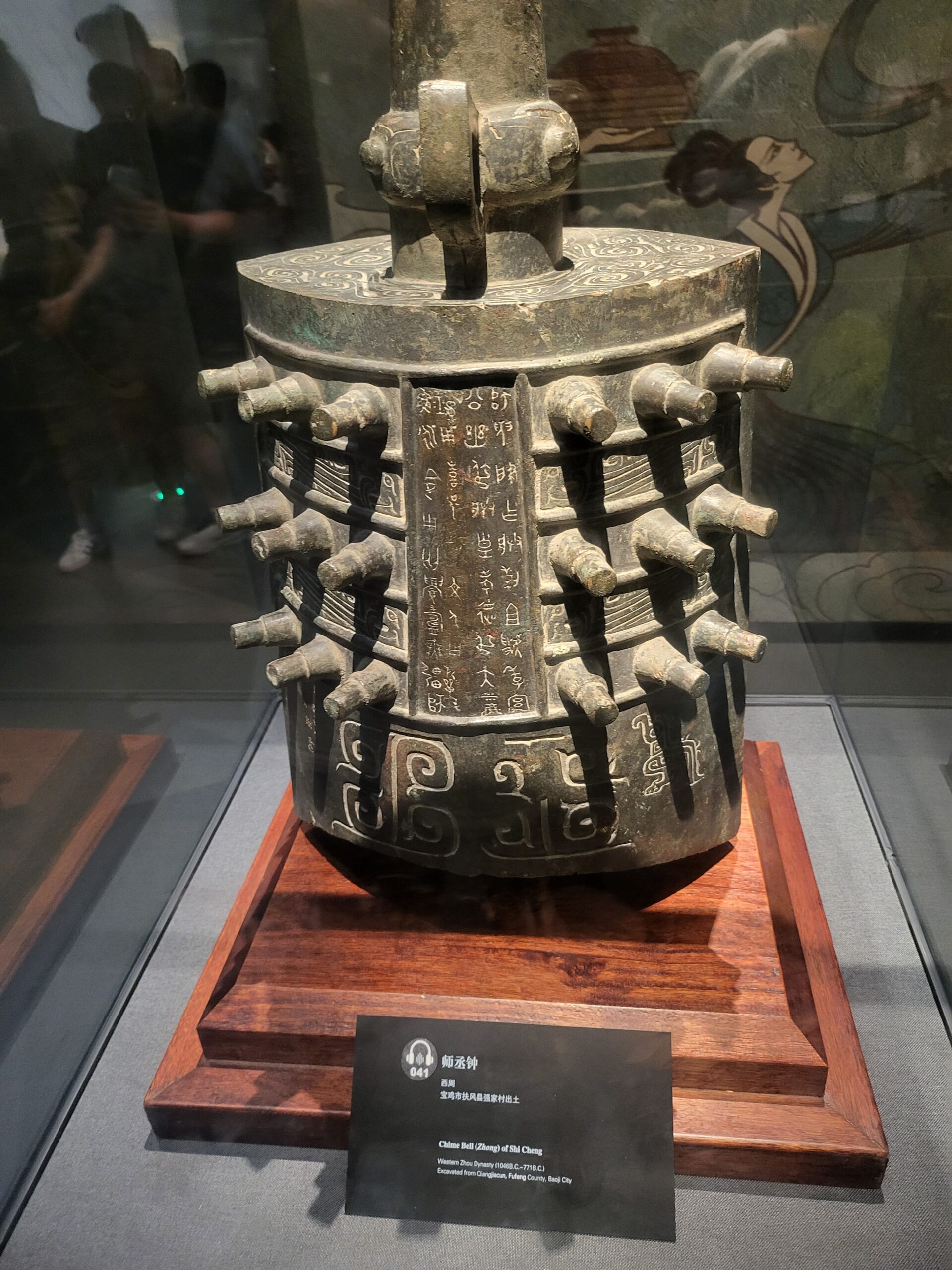
Next to the Drum Tower was Muslim Street, full of shops, restaurants and diehard foodies. The traditional food – liangfen (soft noodle served unheated), roujiamo (Xian Chinese meat bruger), biang biang noodles (Shaanxi noodle) were ubiquitous. Most shops were run by Chinese-looking Muslims wearing white taqiyah caps, the religious influence on the ancient Silk Route was evident.
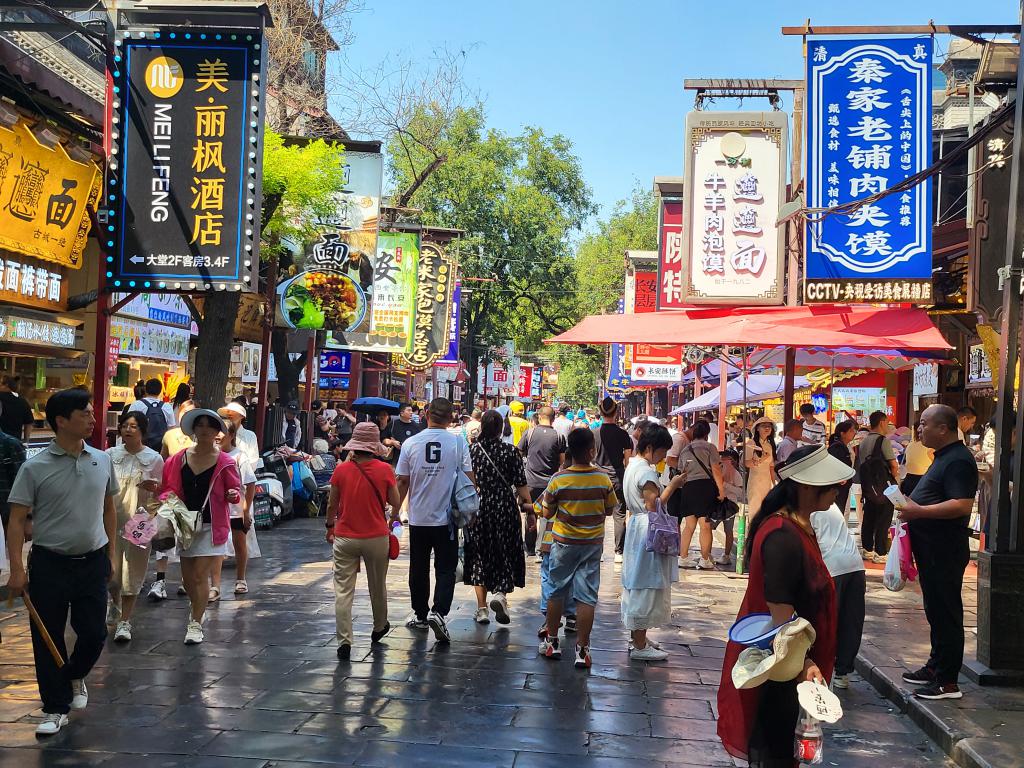
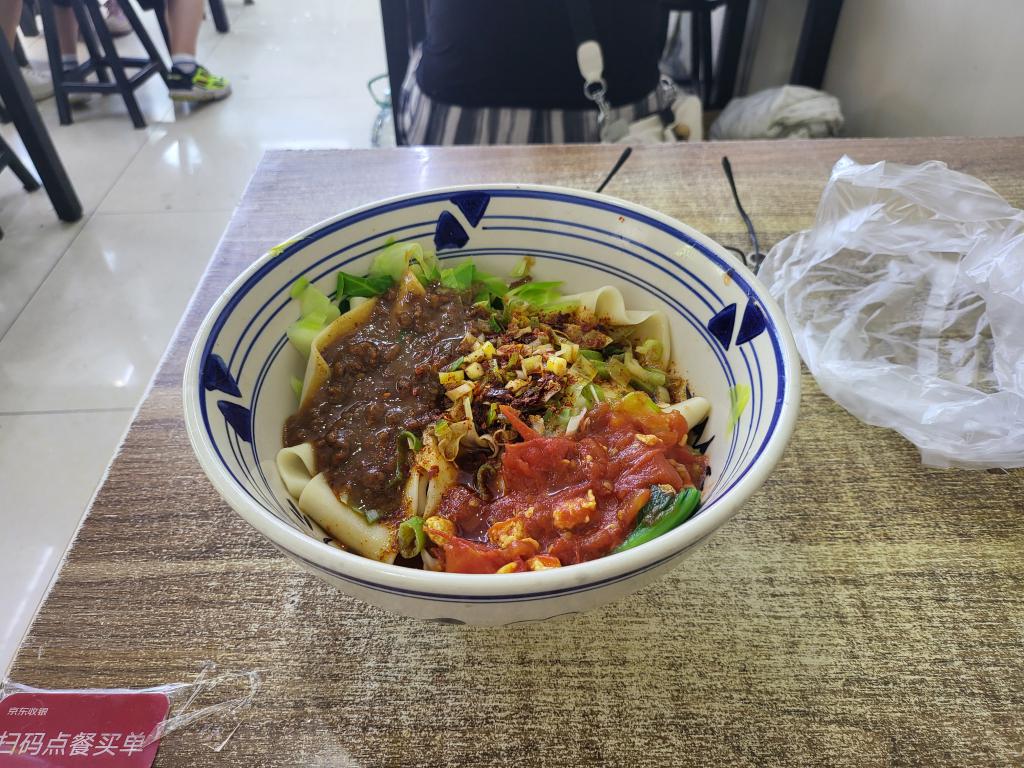
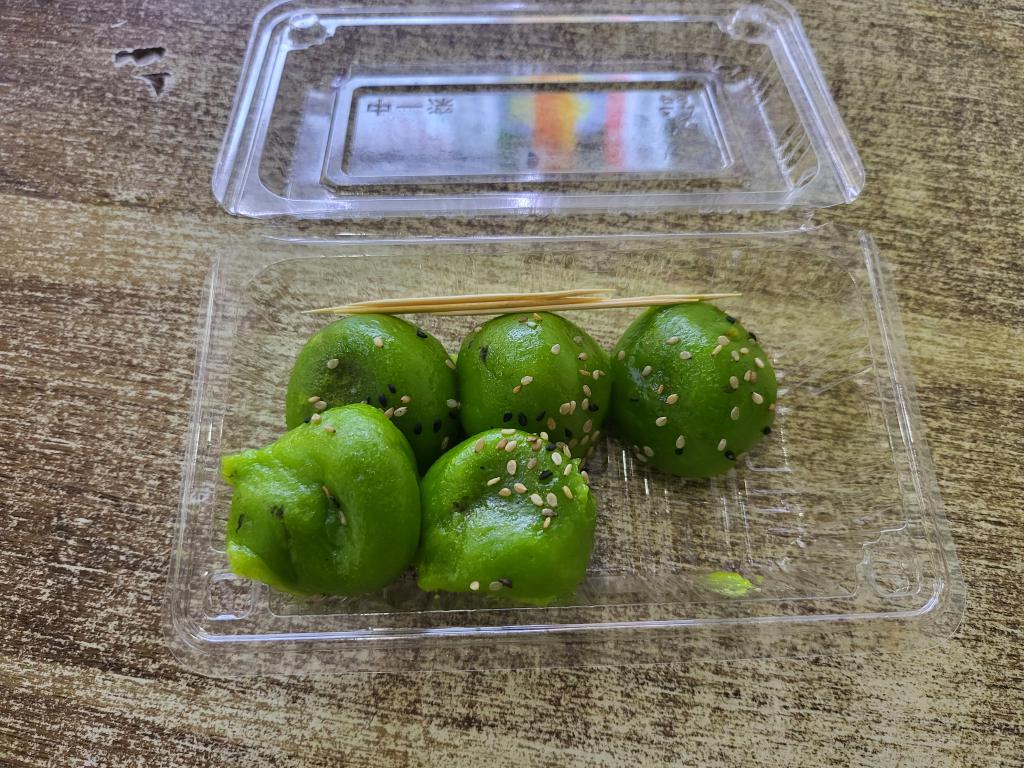
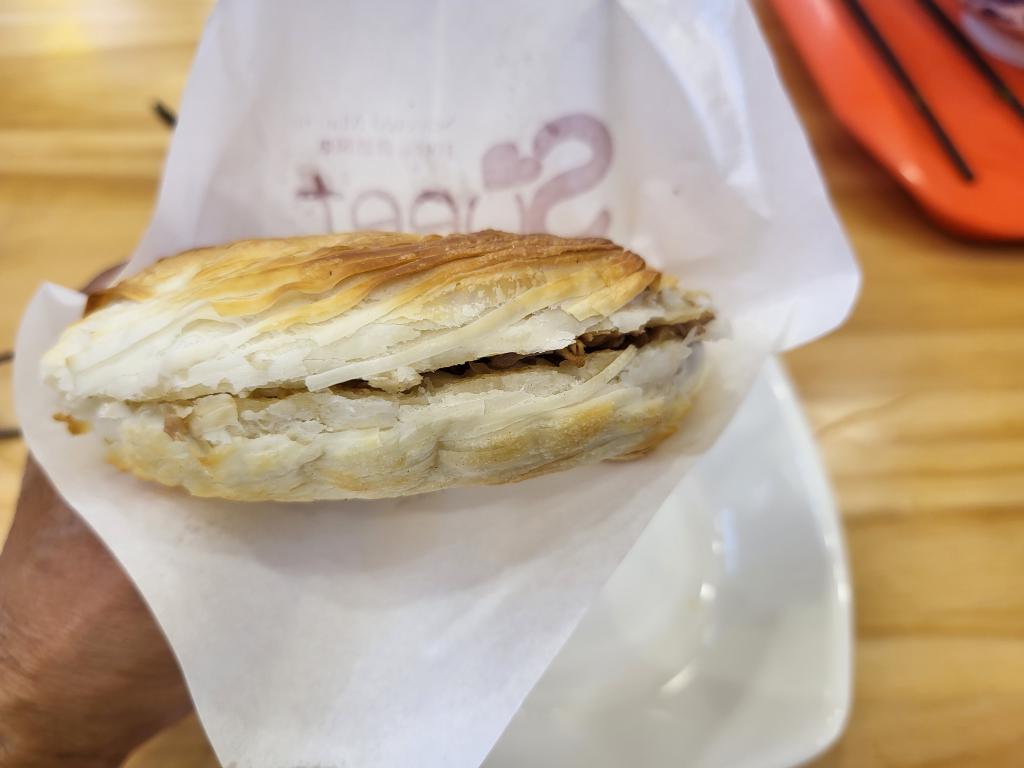
Xian is crowded. It is rotund and bursting at the seams. I love it – it helps me to re-discover and reconnect. I look Chinese, speak Chinese, yes, almost indistinguishable from the next person here. But I felt like a humbug. I stayed in Xian for 5 days, barely scratching the surface. Would love to come back; to continue scratching.
To start from Stop 1, click the link below:
The Stops on this Trip:
hina Urumqi > Turpan > Kuerle > Kuqa > Kashgar > Kuqa > Nalati (via Duku Scenic Drive) > Kuerdening > Yining > Sailimu Lake > Yining > Urumqi > Buerjin > Kanas Lake > Hemu > China Urumqi > Kyrgyzstan Bishkek > Bokonbayevo (Issyk kul Lake) > Karakol > Kyrgyzstan Bishkek > Uzbekistan Tashkent > Tajikistan > Khujand > Panjakent (and Haft Kul/The Seven Lakes) > Iskanderkul > Dushanbe > China Urumqi > Hami > Dunhuang > Jiayuguan > Zhangye > Lanzhou > Xian
The route map:
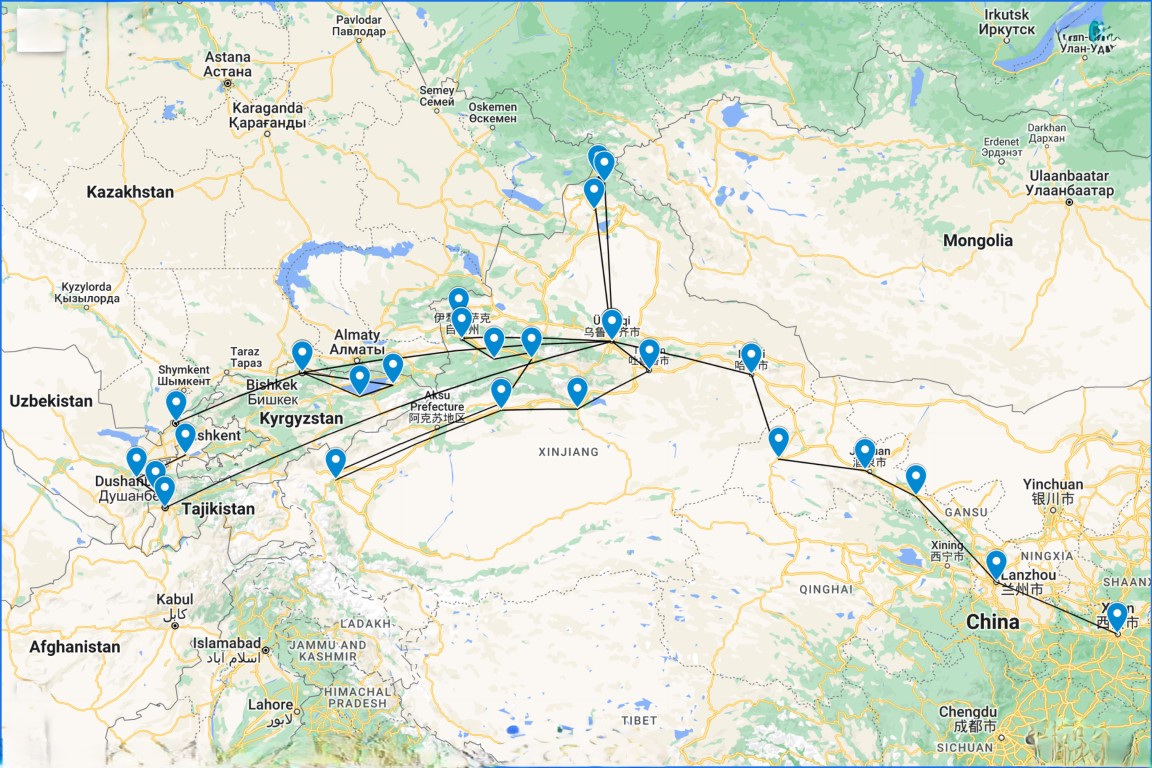
Alright, World777login, let’s talk. The interface looks a bit dated, not gonna lie. But, the odds are competitive, and I did manage to cash out without any hassle. So, mixed bag. Might be worth it if you’re after specific markets. Check it out for yourself here: world777login.
Wjslotcasino… sounds interesting! The name alone makes me want to spin. Anyone had any luck on this site? I’m always on the hunt for a legit casino with decent odds. Worth a shot? Join wjslotcasino now.
Mexbet’s got some good sports betting options, if that’s your thing. I threw a few pesos on a game and it was straightforward enough. They do have a casino section too, but I mainly use it for soccer. Check it out if you’re looking to place a bet at mexbet.
Yo, 990k! Just wanted to say I’ve been kicking around here for a few weeks, and it’s pretty solid. Games are smooth, and I actually managed to pull out a win last night. No complaints so far. Check ’em out! 990k
Just spent a little time on 70bet2. It’s a pretty chilled-out vibe. If you are into the betting scene, you should visit our website now 70bet2! See whether you can win!